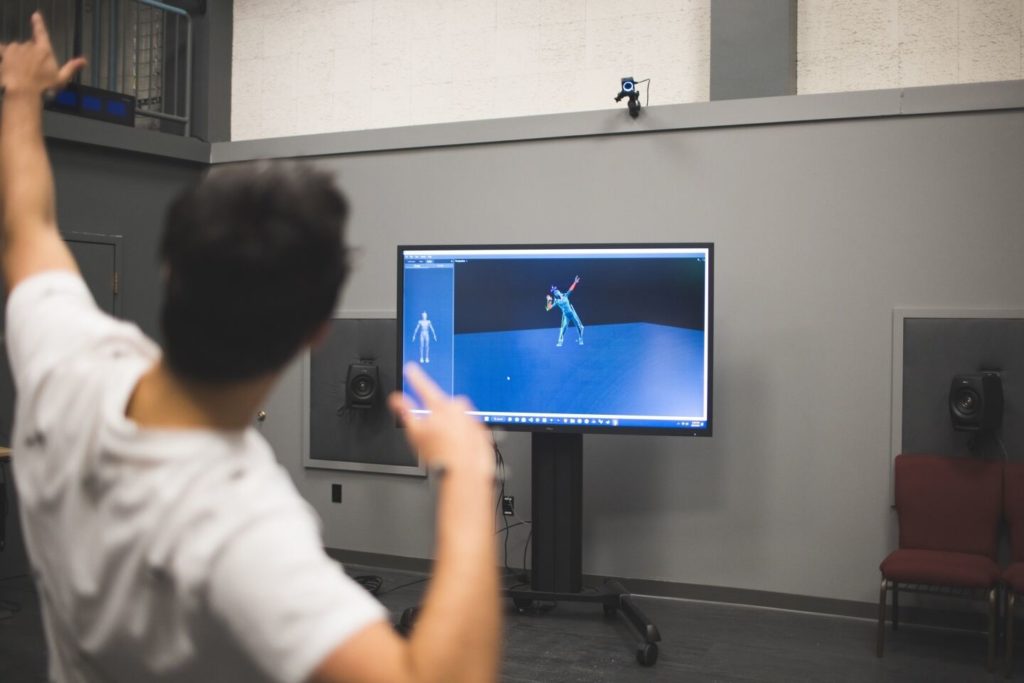Still Water senior researcher and New Media alumnus John Bell continues to uncover insights by marrying old and new media. This summer his Dartmouth lab has won a Mellon grant to apply AI to vintage movies and TV.
How has acting changed in since the birth of film? Now there’s an AI for that under development by Bell and his team.
 The recent surge in interest in artificial intelligence has focused mostly on productivity (summarizing emails and writing marketing copy) and image making (designing logos and creating fantasy art). Bell and collaborator Mark Williams set out to explore a very different purpose: understanding the intertwined relationship of technology and the moving image.
The recent surge in interest in artificial intelligence has focused mostly on productivity (summarizing emails and writing marketing copy) and image making (designing logos and creating fantasy art). Bell and collaborator Mark Williams set out to explore a very different purpose: understanding the intertwined relationship of technology and the moving image.
While generative AI apps have recently gathered attention by creating rudimentary new movies from text prompts, less attention has been paid to applying AI to movies from the past. Even for cinema history, the technologies that come to mind for most people focus more on production than analysis. For example, motion capture has played an important role in films like Avatar to transform the movements of human actors into alien creatures and mythical beasts.
Bell and William’s project aims to reverse the process, reconstructing bodily poses and movements in films like The Gold Rush or Gone with the Wind. The result will be a kind of virtual archaeology of the body on screen, demonstrating how acting conventions and body language have changed over seven decades of film history. It’s one of several innovative digital humanities and augmented reality projects launched by Bell’s DEV Studio.
Shown: John Bell and student Varun Wescott in the DEV Studio.

